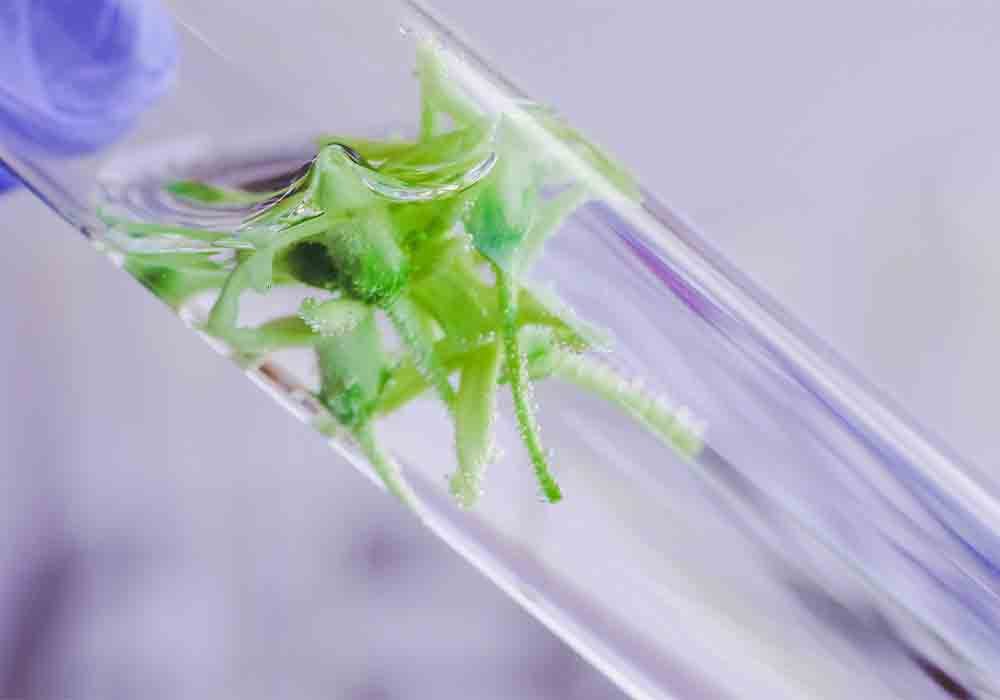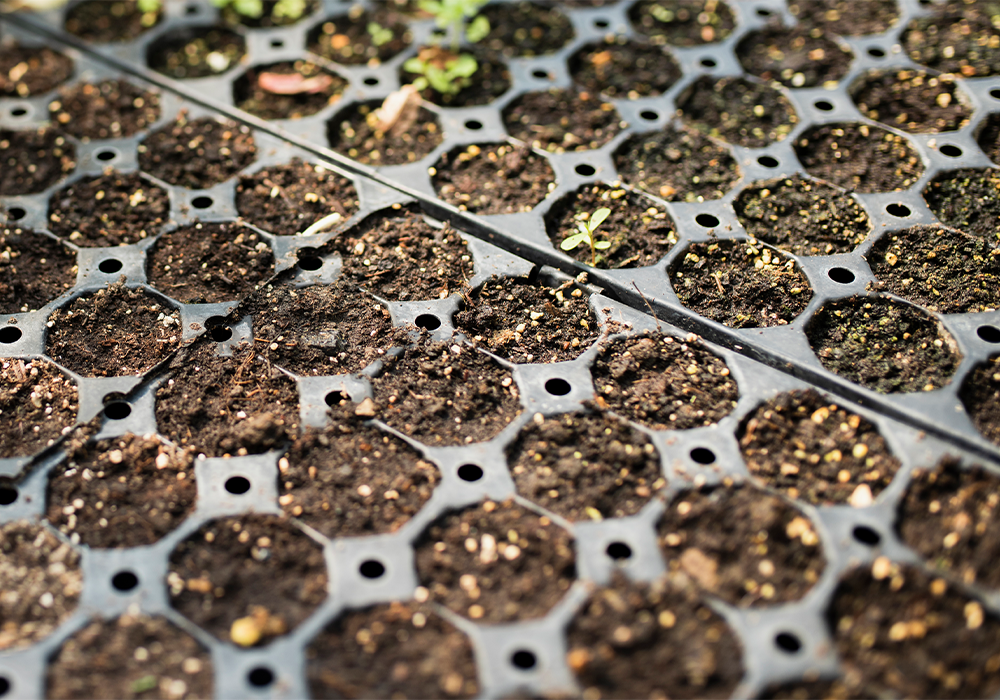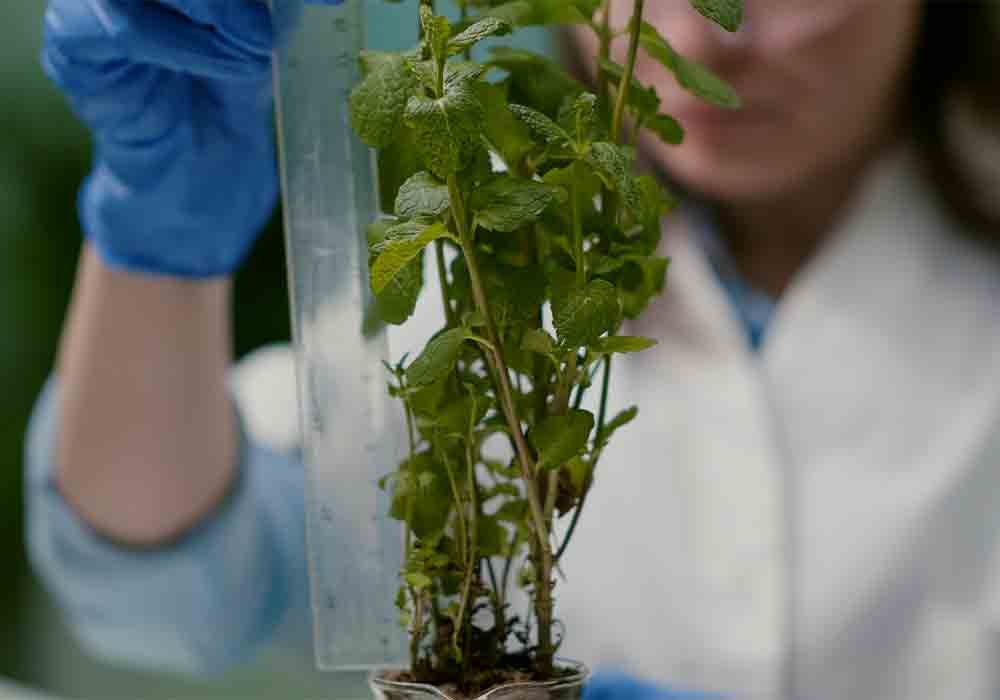Bio-Fertilizer
The cultured micro organisms packed in some carrier material for easy application in the field are called bio-fertilizers. They are derived from natural sources such as plants, animals, and microbes. These microorganisms, such as bacteria, fungi, and algae, are beneficial for plants as they fix atmospheric nitrogen, solubilize phosphorus, and produce growth-promoting substances.


Points about biofertilizers
01.
Cost-EffectivenessBiofertilizers can be cost-effective compared to chemical fertilizers in the long term, as they can improve soil fertility and plant growth.
02.
Microbial DiversityBiofertilizers can enhance microbial diversity in soil, which is important for soil health and nutrient cycling.
03.
Environmental BenefitsBiofertilizers can help to reduce the negative impact of synthetic fertilizers on the environment, such as eutrophication and groundwater contamination.
04.
PrecautionsAlthough biofertilizers are generally safe and eco-friendly, some precautions should be taken when handling and applying them.
There are several types of biofertilizers.
These biofertilizers contain bacteria that can fix atmospheric nitrogen and convert it into a form that can be easily used by plants. Rhizobium, Azotobacter, and Azospirillum are some common examples of nitrogen-fixing biofertilizers.
These biofertilizers contain microorganisms that can solubilize insoluble phosphates in the soil and convert them into a form that plants can easily absorb. Phosphorus-solubilizing bacteria and fungi are the most common types of biofertilizers in this category.
These biofertilizers contain microorganisms that produce growth-promoting substances, such as phytohormones, amino acids, and enzymes, which help to improve plant growth and development. Azospirillum, Bacillus subtilis, and Trichoderma are some examples.
Biofertilizers are considered to be a sustainable alternative to chemical fertilizers because they do not harm the environment or have negative effects on human health.
Types and features of Biofertilizers
- Bacterial Biofertilizers: e.g. Rhizobium, Azospirilium, Azotobacter, Phosphobacteria.
- Fungal Biofertilizers: e.g. Mycorhiza
- Algal Biofertilizers: e.g. Blue Green Algae (BGA) and Azolla.
- Actinimycetes Biofertilizer: e.g. Frankia.
Biofertilizers recommended for crops
- Rhizobium + Phosphotika at 200 gm each per 10 kg of seed as seed treatment are recommended for pulses such as pigeonpea, green gram, black gram, cowpea etc, groundnut and soybean.
- Azotobacter + Phosphotika at 200 gm each per 10 kg of seed as seed treatment are useful for wheat, sorghum, maize, cotton, mustard etc.
- For transplanted rice, the recommendation is to dip the roots of seedlings for 8 to 10 hours in a solution of Azospirillum + Phosphotika at 5 kg each per ha.




